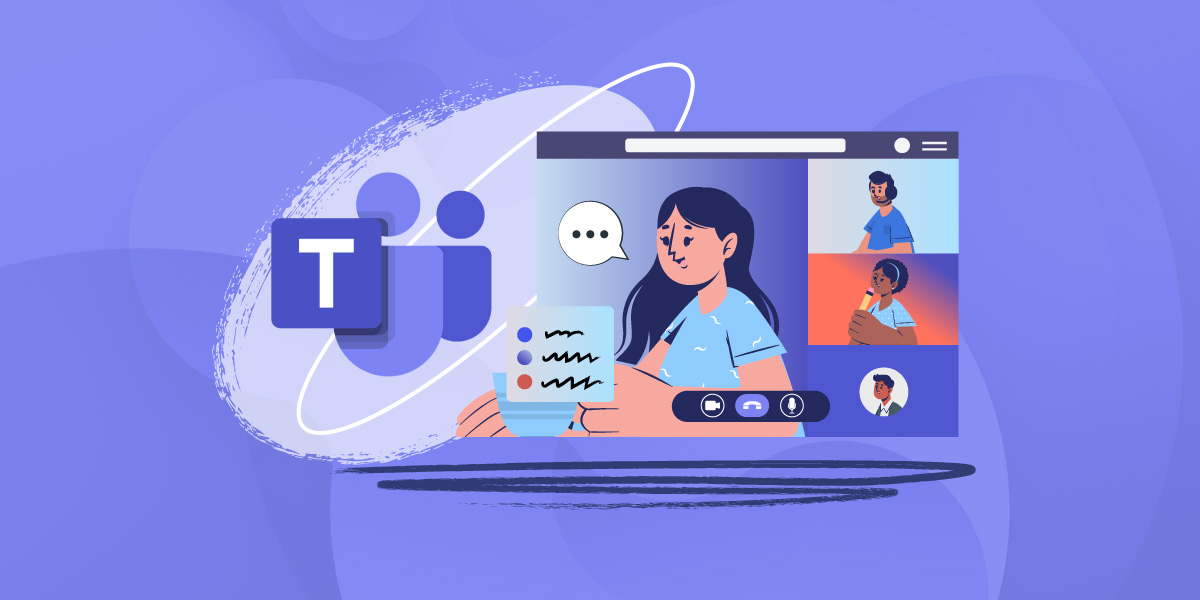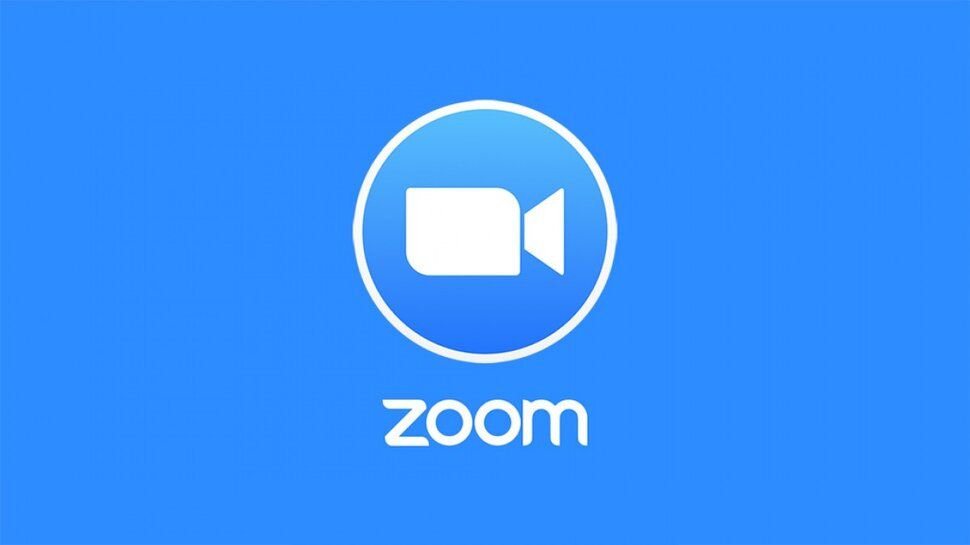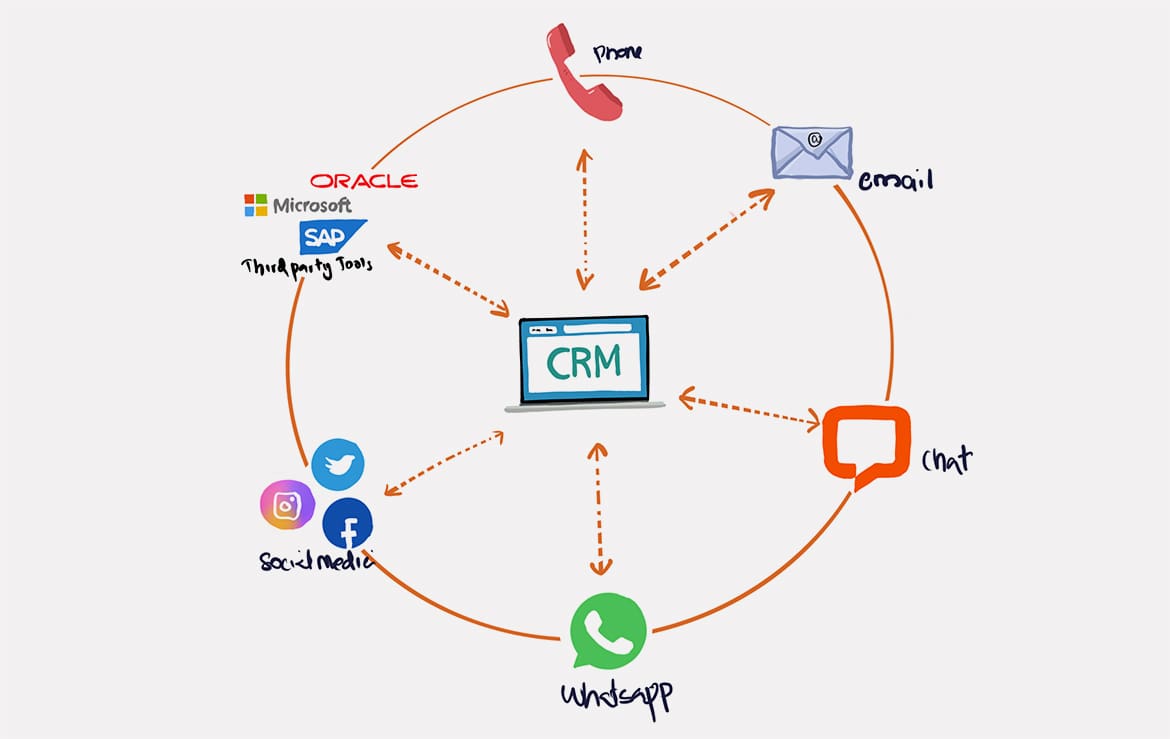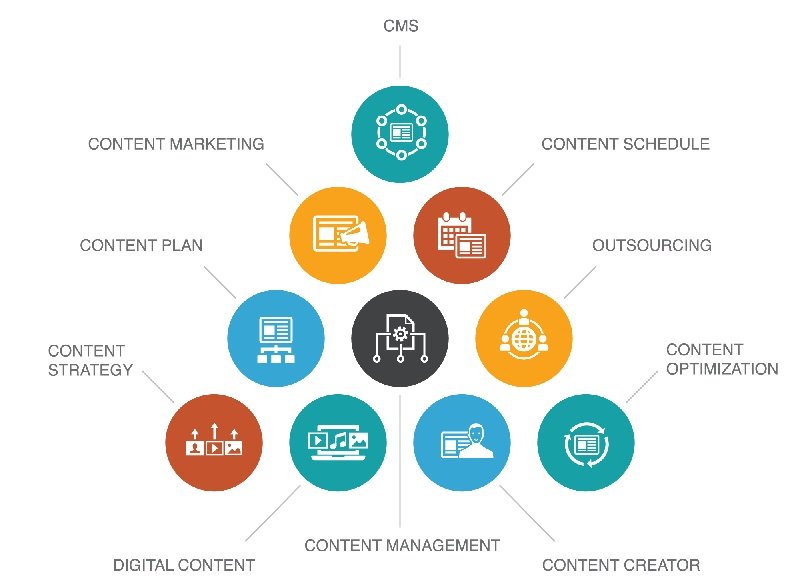Google Meet: Efficient video conferencing and collaboration
Published
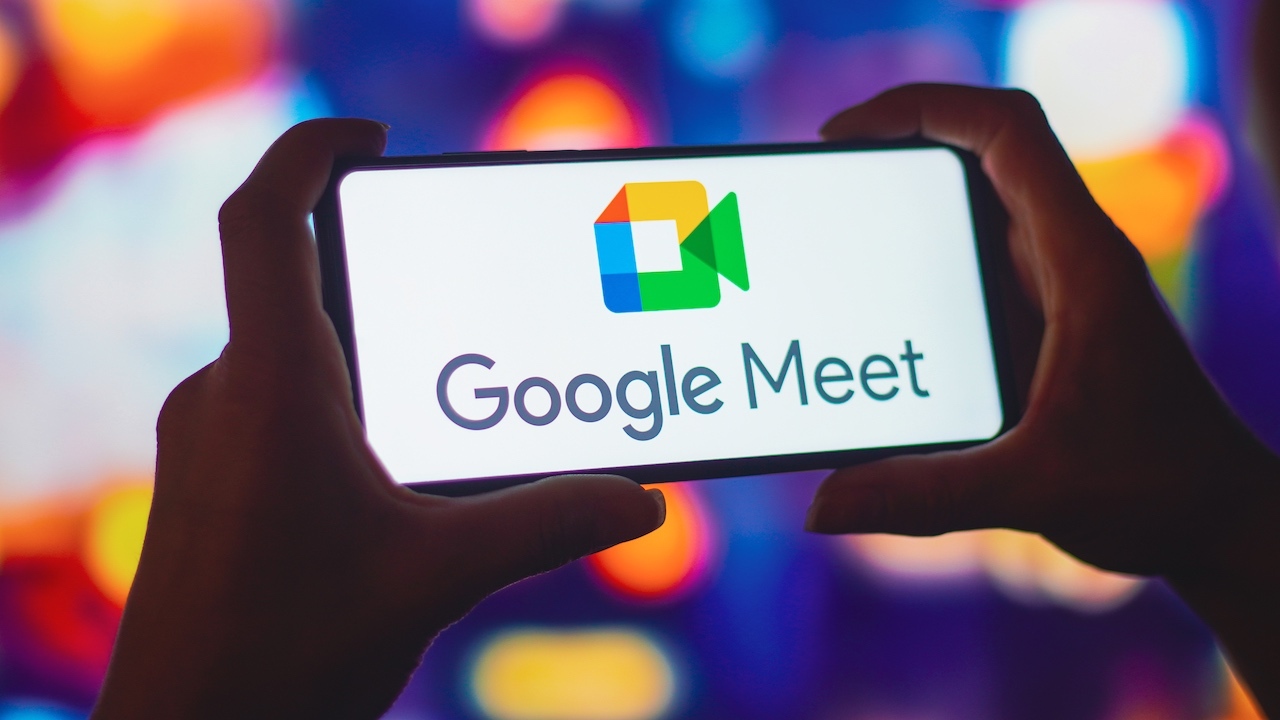
The basics of Google Meet: How to start and participate
Google Meet is a powerful platform for video conferencing and virtual meetings. The basic steps to join or start a Google Meet video conference are simple and straightforward:
- Participation in a video conference: If you would like to join an already scheduled Google Meet video conference, you will normally receive an invitation by email or calendar invitation. Simply click on the attached link to the conference and enter the virtual meeting room.
- Planning a video conference: If you want to organize a video conference yourself, open your Google Calendar and create an event. Click on "Add Google Meet" to add a video conference to the invitation. The participants will then receive the link to the conference.
- Video and audio settings: Before you join a conference, you can adjust your video and audio settings. Select your camera and microphone and test them to make sure everything is working correctly.
- Meeting control: During the meeting, you have access to various control options. You can mute your microphone, deactivate the camera, share the screen and use the chat to exchange messages.
- Participation of various devices: Google Meet is available on various devices and platforms, including PCs, Macs, smartphones and tablets. You can participate from anywhere as long as you have an internet connection.
- Recording of conferences: If necessary, you can record Google Meet video conferences to watch them again later or share them with people who are away.
The basics of Google Meet are easy to understand and allow you to quickly and easily participate in video conferences or organize such meetings yourself. These basic steps form the basis for efficient collaboration, whether in business meetings, virtual training sessions or informal conversations with friends and family.
Tips for successful video conferences with Google Meet
Successful video conferencing requires not only good technology, but also effective planning and execution. Here are some valuable tips to help you get the most out of your Google Meet video conferences:
- Plan in good time: Plan your video conferences in advance and send invitations well in advance to ensure that all participants can reserve time in their calendar.
- Check your technology: Make sure that your camera, microphone and internet connection are working properly before you join the conference.
- Neat background: Choose a clean and neutral background to minimize distractions. Alternatively, you can use virtual backgrounds to protect your privacy.
- Minimize disturbances: Reduce background noise by choosing a quiet place for the meeting and making sure that other family members or roommates are informed when you are attending a meeting.
- Visual contact: Turn on your camera to create a more personal connection with participants. Eye contact and body language contribute to effective communication.
- Use meeting time efficiently: Stick to the planned agenda and address important points clearly and precisely. Make sure that everyone gets a chance to speak.
- Use the chat function: Use the chat to share questions or comments in written form, especially in larger groups, to keep the discussion organized.
- Screen sharing: Use screen sharing to share presentations or information visually. Make sure that all participants can follow along.
- Participation guide: Welcome participants and explain the basic rules of the meeting, e.g. how to mute the microphone or ask questions.
- Collect feedback: After the meeting, ask for feedback from the participants to improve future video conferences.
These tips are crucial to ensure that your video meetings with Google Meet are efficient and productive. Whether for business meetings, virtual training sessions or informal conversations, careful planning and following these best practices will help ensure positive and effective communication in the digital world.
Integrating Google Meet into your day-to-day work: maximum efficiency
Integrating Google Meet into your daily work routine can significantly increase the efficiency of your communication and collaboration. Here are some best practices on how to seamlessly integrate Google Meet into your daily processes:
- Calendar integration: Use Google Calendar to schedule your Google Meet video conferences. Create meetings and insert the meeting links directly into the calendar invitations so that participants can easily access them.
- Google Workspace: If you use Google Workspace, you can start Google Meet directly from applications such as Gmail, Google Docs or Google Sheets. This enables smooth collaboration and the immediate start of video conferences.
- Mobile use: Install the Google Meet app on your smartphone or tablet to easily join or start video conferences on the go. This allows you to remain flexible and work from anywhere.
- Integration with third-party apps: Google Meet offers integrations with third-party applications such as Slack and Trello. Use these integrations to optimize your workflows and manage important information centrally.
- Screen sharing: Use the screen sharing function to share presentations, documents or information with colleagues or customers in real time. This promotes collaboration and saves time for file exchange.
- Records: Familiarize yourself with the recording function of Google Meet to record important meetings or training sessions for later use. This is particularly useful when participants cannot attend in real time.
- Advanced functions: Explore the advanced features of Google Meet, such as integrating hardware for large meeting rooms or using virtual backgrounds to spice up your video calls.
Integrating Google Meet into your everyday working life offers numerous opportunities to increase efficiency and productivity. By using Google Meet as your central communication tool and taking advantage of the various integration options, you can collaborate seamlessly and effectively with colleagues, customers and partners, regardless of your location or the devices you use.
Data protection and security in Google Meet: Protect your data
Protecting your data and the security of your video meetings is of the utmost importance, especially if you use Google Meet for business or sensitive conversations. Here are best practices on how to ensure privacy and security in Google Meet:
- Authentication: Activate the authentication options for your meetings to ensure that only invited participants can attend. This can be done using PINs, passwords or waiting for the moderator.
- Meeting control: Use the meeting controls to remove unwanted participants, mute the microphone or deactivate the chat function if necessary.
- End-to-end encryption: Please note that Google Meet uses end-to-end encryption for video and audio calls to ensure the confidentiality of your communication.
- Data processing: Find out about Google's privacy policy and make sure that you control the processing of your data in accordance with applicable laws and regulations.
- List of participants: Check the list of participants during a meeting to ensure that only authorized persons are present. Remove unknown participants to ensure security.
- Records: If you record meetings, keep the recordings safe and only share them with those who are authorized to do so.
- Software-Updates: Keep your Google Meet app up to date to benefit from the latest security improvements.
- Sensitization of the participants: Train your video conferencing participants in security awareness and privacy guidelines to ensure they are aware of how to participate safely and responsibly.
- Reporting on security incidents: If security incidents occur, report them immediately to the relevant departments and take measures to rectify them.
The implementation of these privacy and security measures in Google Meet ensures that your data and communications are protected. Both companies and individuals can benefit from these best practices to create a secure and confidential environment for their video conferences.
The future of video conferencing: Trends and developments with Google Meet
The future of video conferencing promises exciting developments that will further transform the way we communicate and collaborate. Google Meet is well positioned as a platform to drive these trends and already offers some innovative features. Here are some of the trends and developments we can expect from video conferencing in the future:
- Improved AI integration: Artificial intelligence (AI) will play an even greater role in optimizing video conferencing. Advanced AI algorithms will enable automatic subtitling, real-time translation and improved noise suppression.
- VR and AR enhancements: Virtual reality (VR) and augmented reality (AR) are increasingly being integrated into video conferences to create immersive and interactive meeting experiences. Participants can explore virtual spaces and view 3D models together.
- 5G-Integration: With the expansion of the 5G network, video conferencing will be even faster and smoother. The low latency and high bandwidth enable high-resolution video transmissions and responsive interactions.
- IoT and intelligent room technology: The Internet of Things (IoT) will make conference rooms intelligent. Sensors and networked devices will automatically prepare meeting rooms, control lighting and temperature and record meeting data.
- Enhanced security and data protection: In view of increasing data protection concerns, video conferencing platforms will introduce enhanced security functions to protect data from unauthorized access.
- Flexible working models: The future will promote hybrid working models in which teams work both remotely and on site. Video conferencing will play a key role in collaboration in decentralized teams.
- Integration of social media: Video conferencing is increasingly being integrated into social media platforms to increase the reach of meetings and enable interaction with a wider audience.
- Sustainability: Reducing travel and the carbon footprint will be an important issue. Video conferencing will offer an environmentally friendly alternative to business travel.
- Custom avatars: Participants could have the option to create personalized avatars and use them in meetings to protect privacy and introduce a fun element.
- Stronger integration of collaboration tools: The seamless integration of video conferencing with other collaboration tools such as document sharing, task management and project management will continue to grow.
These trends and developments will have a significant impact on the way we work together in the coming years. Google Meet and similar platforms will play a central role in enabling these innovations and providing users with new and exciting ways to communicate and work together.
